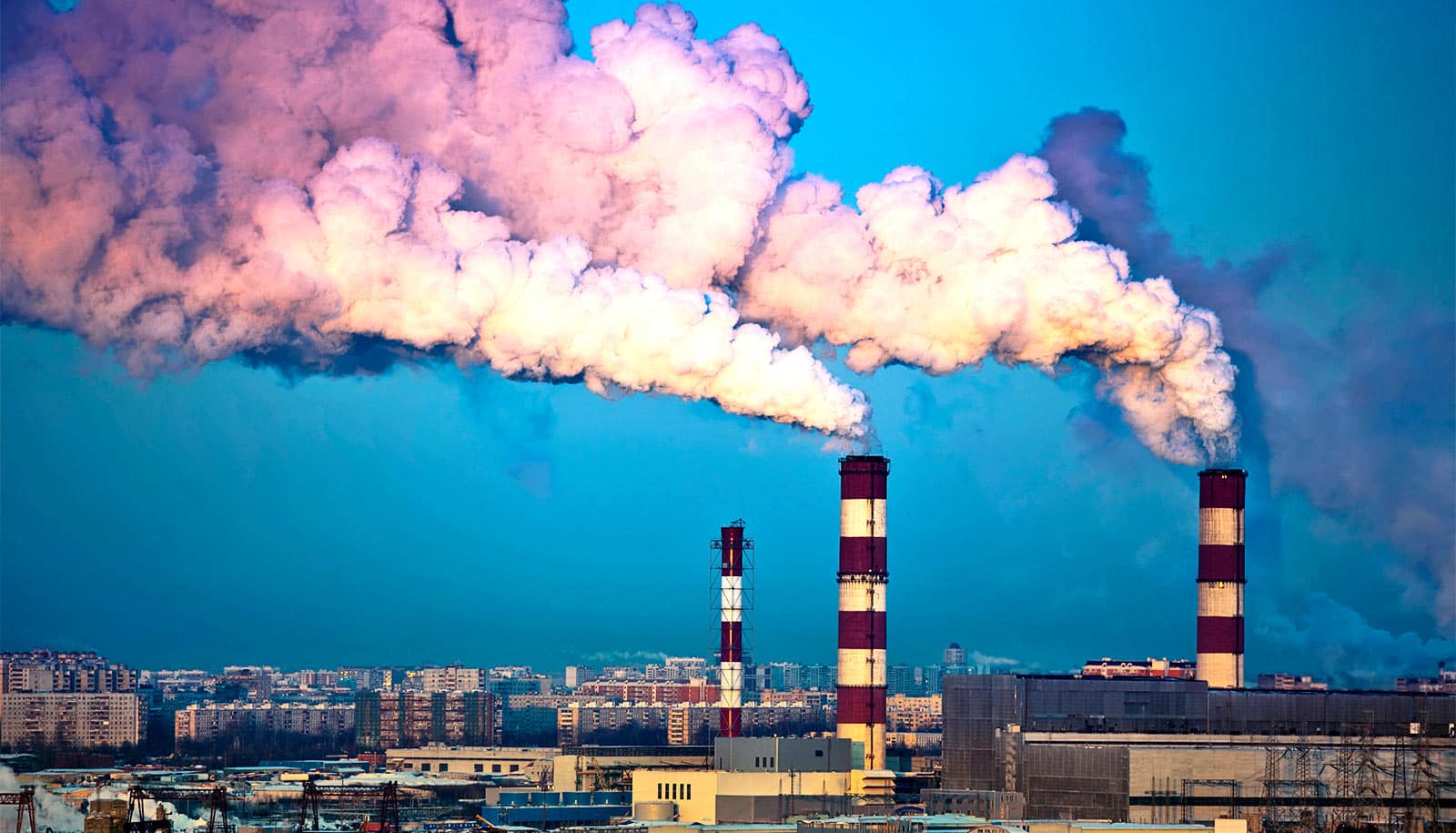More than one million deaths worldwide were attributable to the burning of fossil fuels in 2017, according to a new study.
More than half of those deaths were attributable to coal.
Researchers from around the world comprehensively examined the sources and health effects of air pollution—not just on a global scale, but also individually for more than 200 countries.
Pollution is at once a global crisis and a devastatingly personal problem. Satellites analyze it, but PM2.5—tiny particles that can infiltrate a person’s lungs—can also sicken a person who cooks dinner nightly on a cookstove.
“PM2.5 is the world’s leading environmental risk factor for mortality. Our key objective is to understand its sources,” says Randall Martin, professor in the energy, environmental, and chemical engineering department in the McKelvey School of Engineering at Washington University in St. Louis.
Martin jointly led the study with Michael Brauer, a professor of public health at the University of British Columbia. They worked with specific datasets and tools from the Institute for Health Metrics and Evaluation at the University of Washington, the Joint Global Change Research Institute at the University of Maryland, and Pacific Northwest National Laboratory, as well as other researchers from universities and organizations across the world.
First author Erin McDuffie, a visiting research associate in Martin’s lab, used various computational tools to weave the data together, while also enhancing them. She developed a new global dataset of air pollution emissions, making it the most comprehensive dataset of emissions at the time. She also brought advances to the GEOS-Chem model, an advanced computational tool used in the Martin lab to model specific aspects of atmospheric chemistry.
This combination of emissions and modeling allowed the team to tease out different sources of air pollution—everything from energy production to the burning of oil and gas to dust storms.
The study also used new remote sensing techniques from satellites in order to assess PM2.5 exposure across the globe. The team then incorporated information about the relationship between PM2.5 and health outcomes from the Global Burden of Disease with these exposure estimates to determine the relationships between health and each of the more than 20 distinct pollution sources.
As McDuffie put it: “How many deaths are attributable to exposure to air pollution from specific sources?” Ultimately, the data reinforced much of what researchers already suspected, particularly on a global scale. It did offer, however, quantitative information in different parts of the world, teasing out which sources are to blame for severe pollution in different areas.
For instance, cookstoves and home heating are still responsible for the release of particulate matter in many regions throughout Asia, and energy generation remains a large polluter on the global scale, McDuffie says.
And natural sources play a role, as well. In West sub-Saharan Africa in 2017, for instance, windblown dust accounted for nearly three quarters of the particulate matter in the atmosphere, compared with the global rate of just 16%. The comparisons in this study are important when it comes to considering mitigation.
“Ultimately, it will be important to consider sources at the subnational scale when developing mitigation strategies for reducing air pollution,” McDuffie says.
While a takeaway from this work is, simply put, air pollution continues to sicken and kill people, the project also has positive implications, McDuffie and Martin say.
Although pollution monitoring has been increasing, there are still many areas that do not have the capability. Those that do may not have the tools needed to determine, for instance, how much pollution is a product of local traffic, versus agricultural practices, versus wildfires.
“The good news is that we may be providing some of the first information that these places have about their major sources of pollution,” McDuffie says. They may otherwise not have this information readily available to them. “This provides them with a start.”
The study appears in Nature Communications.
The Health Effects Institute (HEI), an organization jointly funded by the US Environmental Protection Agency and certain motor vehicle engine manufacturers funded the study.



